As far as I can remember most of my Munich childhood was spent outdoors in the garden, at the playground or exploring the nearby forests. I only came home when….
“Mummy!” Sorry, I’ll be right back.
As I was saying, I only ever came home when it was dark, or when I had got so wet and muddy that even I was beginning to feel uncomfortable.
“Mummy!” Sorry, this is getting a bit irritating. I’ll be right back.
Hmm. My children are fighting over their Paw Patrol toys. Before that they were arguing about Lego bricks. There are so many toys left on the floor of their room that you can hardly open the door. Now it’s even started raining. What a relaxing day,ha ha. I’m going to have to do something about this. Being outdoors always puts an end to their arguments, whatever the weather. So, on with the waterproofs and shoes and off we go.
The best children’s shoes
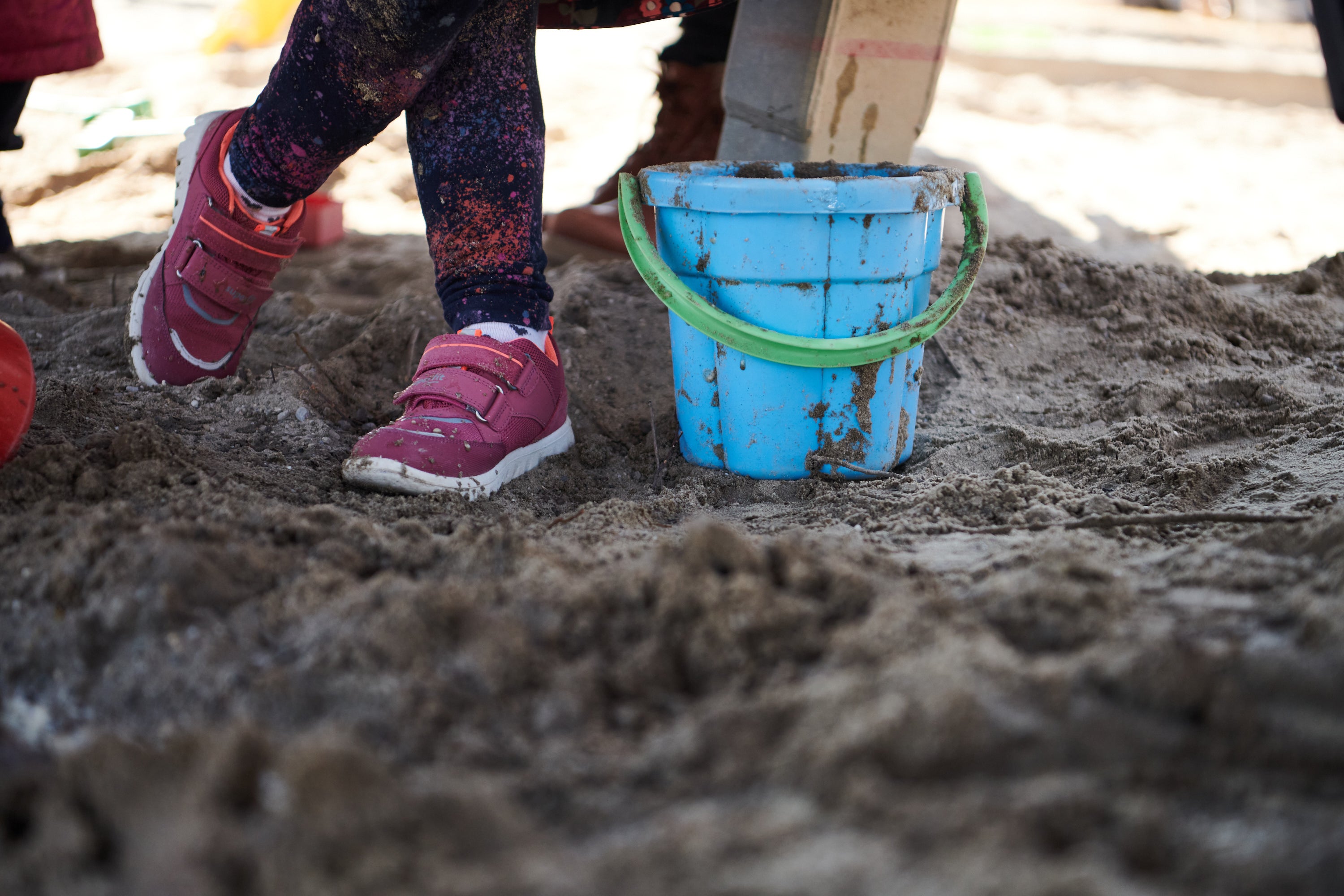
While they’re getting ready for their outdoor adventure I’ll tell you something about children’s shoes, which is actually the whole point of this blog. Parents usually think their children’s footwear should be functional, waterproof, soft, supple, breathable, warm but not too warm in winter, cool but not too cool in summer, dirt resistant, have good treads and offer foot stability. They also wouldn’t mind them being stylish and affordable.
Not that any of that is important to my daughter. She wants her shoes to look cool, not pinch and to keep her feet dry. She hates getting her feet wet. My son, on the other hand, spends most of his time running and jumping around and doesn’t even notice if his feet get hot and sweaty. Nothing new to parents of boys, please correct me if I'm wrong ;).
That’s why breathability is so important. It really is. Rubber boots, or wellies, are great for jumping into muddy puddles, but that’s about it.
Children’s feet have just as many sweat glands as adults’ feet and need to be able to breathe.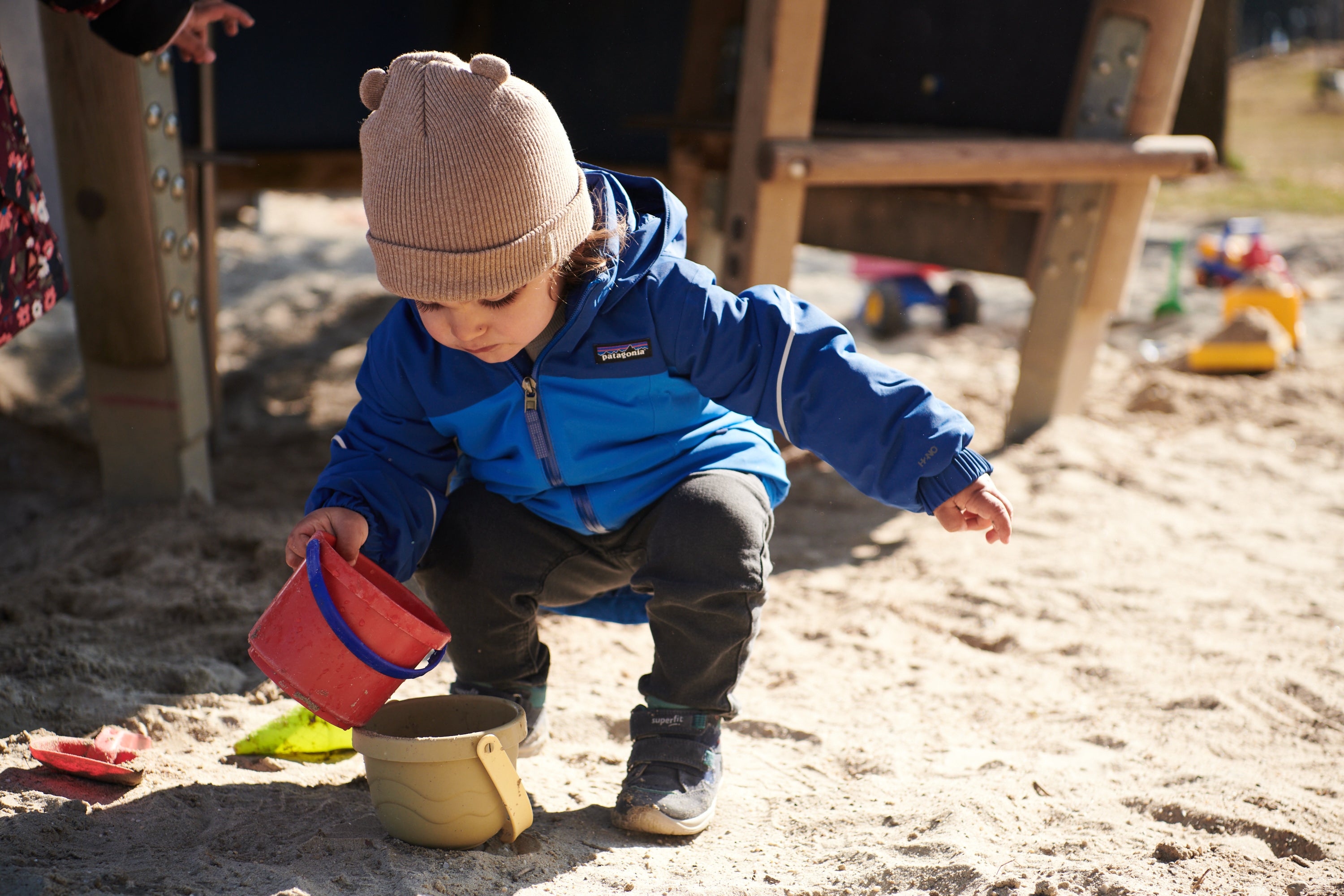
Children’s feet and the surface of their shoes might be small but the same amount of moisture has to escape through their shoes as through adults’ shoes. In other words, it’s worth looking at shoes from the GORE-TEX product range. The membrane promotes a healthy climate for the feet and the shoes are durably waterproof and breathable. Water can’t get in while the sweat produced as they explore the world can escape.
Oh, it looks like we’re ready to leave. It has even stopped raining and the sun has come out. April showers bring May flowers!
“Mummy, I’ve got wet feet!” Aargh. Sounds familiar?
Although, it’s not actually the shoes that are the problem, it’s that my daughter hasn’t put hers on. Ha ha. I'm acting super serious, even though I'm laughing out loud inside. But to get back to the point, why are your kids’ feet sometimes wet even though you invested in a good pair of shoes? In most cases this will be because of the socks. Cotton mix or merino wool socks are your best bet. Find out more here.
My children are enjoying themselves now. Watching the two of them skipping, jumping, and running around reminds me that it’s probably about time I gave their shoes a clean.
Caring for your children’s shoes
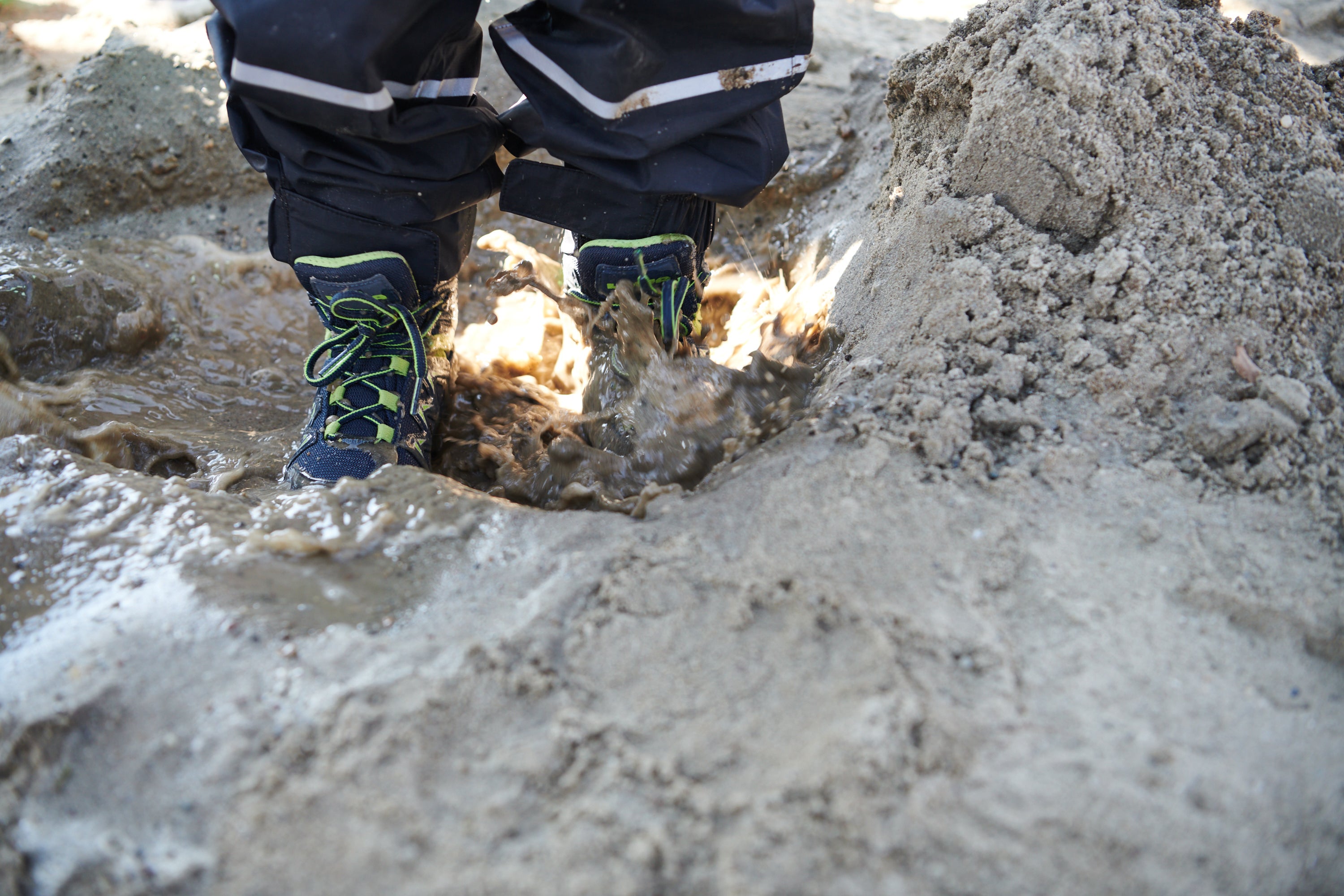
Dirt and mud are best removed with lukewarm water. Use a brush for leather shoes and a cloth or sponge for fabric shoes. A good water repellent should be applied at regular intervals to maintain the shoe’s insulating properties and improve dirt resistance. You’ll find more information about shoe care here.
Buying children’s footwear – what parents should look for
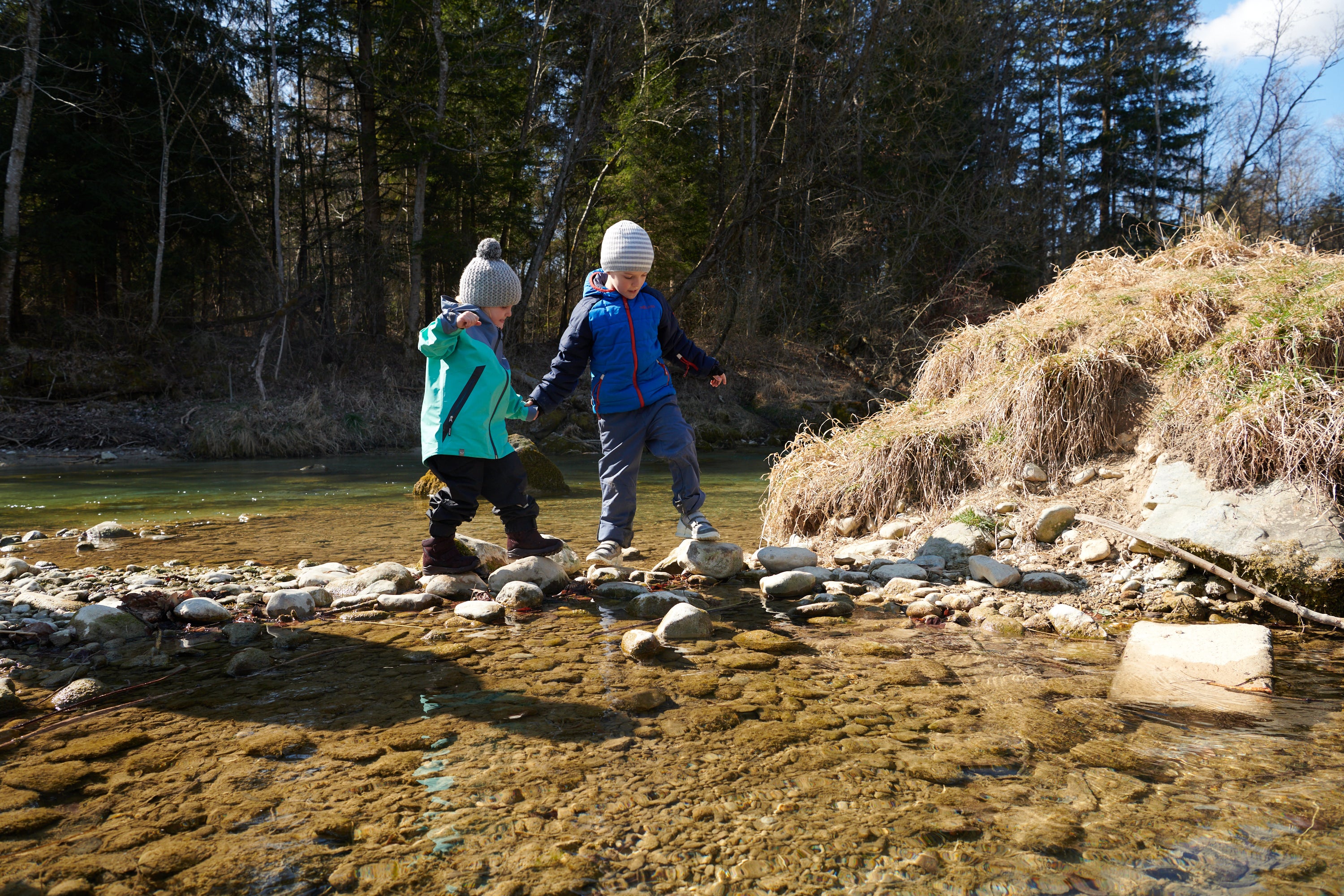
Which shoe size does my child need? As a general rule, they will need up to 1.7 cm for growing room and comfort. A good insole is important, too. You should also look for shoes that aren’t too heavy, and they need to be supple so they don’t restrict your child’s feet. You’ll certainly get the best advice at a shoe shop where trained shoe fitters will measure their feet.
Babies don’t need shoes to learn to walk. However, when they’re walking outside where small stones or sharp objects might cause injury, it’s best to pop on a pair of soft shoes with a flexible sole. As they become more independent, toddlers will need more flexibility and support.
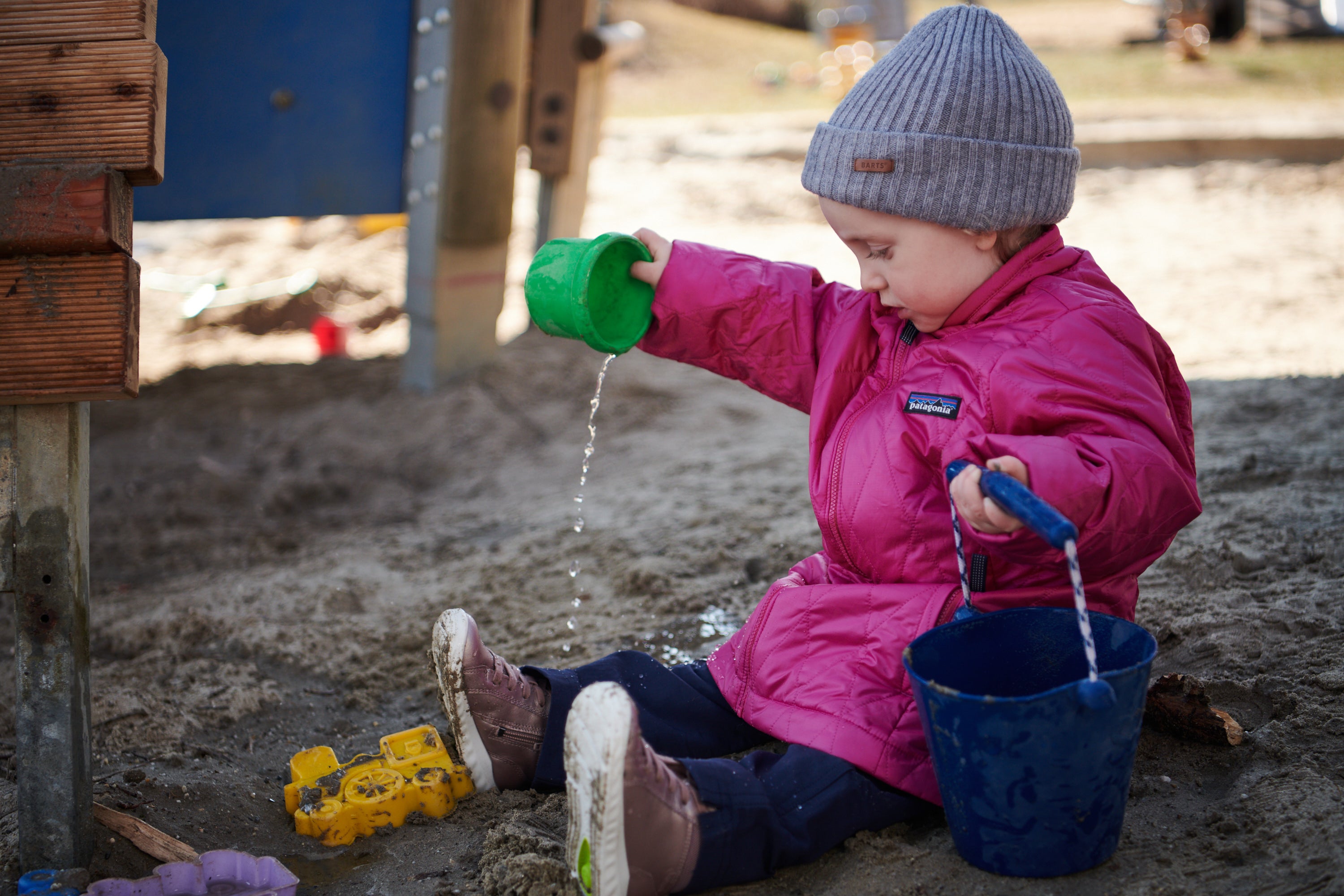 Most preschool and school-aged children need several pairs of shoes that will survive their everyday adventures, including school sport, hiking, football, playing outdoors, dancing in the rain and simply being at home. The best thing parents can do is to invest in functional, robust and breathable shoes.
Most preschool and school-aged children need several pairs of shoes that will survive their everyday adventures, including school sport, hiking, football, playing outdoors, dancing in the rain and simply being at home. The best thing parents can do is to invest in functional, robust and breathable shoes.
Oh, after all that, my kids are looking a little hungry. An apple or perhaps a banana? You’d both rather have chocolate? What a surprise ... Before there’s another argument, is there anything you’d like to ask? You’re also welcome to leave a comment.





